How Espresso Brewing Techniques Are Evolving
In the coffee industry, espresso brewing techniques are evolving like never before. Traditional rules such as a 1:2 brew ratio, 25-30 second extraction time, and a focus on balanced flavours are being challenged. With a deeper understanding of coffee chemistry, shifting consumer tastes, and advanced technology, we see a rise in evolving espresso brewing techniques, particularly with the growing preference for lungo-style espresso over standard espresso shots.
As a roastery, we are excited to be part of this transformation. We actively embrace these trends in our roasting and brewing methods. So, let’s explore why these changes are happening and how they’re impacting the coffee world.
1. A Desire for Complexity and Nuance
Coffee enthusiasts and professionals are seeking out more nuanced flavours and aromas. Longer extractions, like those found in a lungo, help develop a wider range of flavour compounds. Since different compounds extract at different rates, extending the yield and extraction time can reveal hidden notes, complexity, and acidity that shorter extractions may not highlight.
In particular, specialty coffees, which use carefully processed beans, contain delicate flavours such as florals, stone fruits, and spices. A longer extraction can reveal these subtleties, offering a more layered and dynamic tasting experience.
2. The Evolution of Roasting Styles
Roasting styles have changed dramatically. Historically, darker roasts dominated espresso to produce bold, strong flavours and sometimes to mask defects in the beans. Today, modern roasting techniques focus on embracing the origin’s unique characteristics and favor lighter roasts that highlight the coffee’s inherent flavour profile.
Light and medium roasts bring out vibrant acidity and sweetness. However, they can be challenging to extract properly. A longer extraction time or a higher brew ratio—often used when brewing a lungo—creates a more forgiving brew, enhancing the bright and delicate flavours typical of lighter roasts.
3. Improved Knowledge of Coffee Chemistry
Baristas and roasters now understand coffee extraction in a far more scientific way. Concepts like solubility, grind size, and Total Dissolved Solids (TDS) are well-known. Tools like refractometers, precise grinders, and digital scales have made brewing more consistent and opened the door to more experimentation.
This scientific approach allows baristas to find the “sweet spot” of extraction that fits each coffee’s unique profile. As a result, they can move away from rigid, traditional parameters and explore a variety of possibilities.
4. Changing Consumer Preferences
The rise of third-wave coffee has created more informed and curious coffee drinkers. Today’s coffee enthusiasts not only understand flavour profiles but also recognize the importance of brewing methods, bean origins, and roasting styles. There is a growing demand for aromatic, fruity, and floral notes, allowing for a full-spectrum flavour experience in every cup.
Lungo-style espresso meets this demand perfectly. It offers a lighter, tea-like body with an extended flavour profile. By stretching the extraction time and yield, drinkers can appreciate the subtler notes that might otherwise be overshadowed in a short, intense espresso shot.
5. Globalization of Tastes and the Influence of Alternative Brew Methods
Alternative brewing methods—like pour-over, AeroPress, and siphon—have significantly influenced espresso styles. These methods often focus on light roasts, cleaner cups, and longer extraction times. The techniques used in these brew methods have inspired a cross-pollination of ideas in espresso brewing.
As a result, coffee shops are experimenting with hybrid espresso styles. Lungos or long blacks blur the lines between traditional espresso and filter coffee. These styles emphasize a lighter body and reveal more of the coffee’s origin, appealing to a global audience that seeks variety and new experiences in their espresso.
Why Does This Matter?
This move away from traditional espresso parameters is more than just a trend—it’s a broader change in coffee culture. There is now a growing appreciation for each bean’s unique qualities, alongside a willingness to experiment with different methods. The “rules” for espresso have become more flexible, giving baristas the freedom to highlight the origin, processing method, and roasting style, all of which celebrate the individuality of each coffee.
The increasing preference for lungo-style espresso demonstrates this freedom to explore flavours. It also responds to the demand for coffees that are more complex, lighter in body, and full of nuanced, layered experiences.
Ultimately, the evolution of coffee represents a deeper understanding of how to unlock the potential of each bean. And it’s this exploration that makes every cup an exciting discovery. At our roastery, we’re committed to pushing these boundaries and sharing the very best that coffee has to offer.
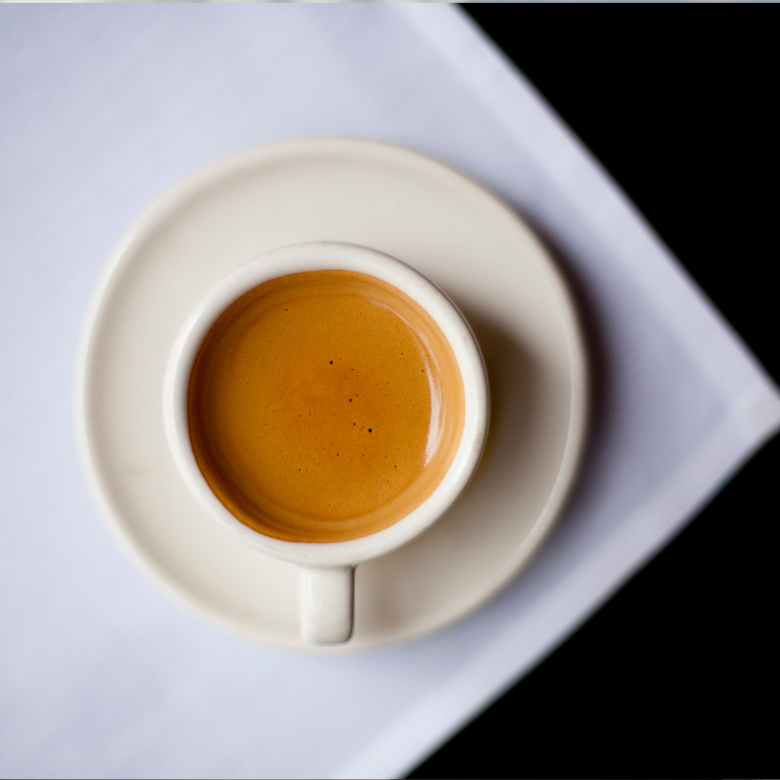

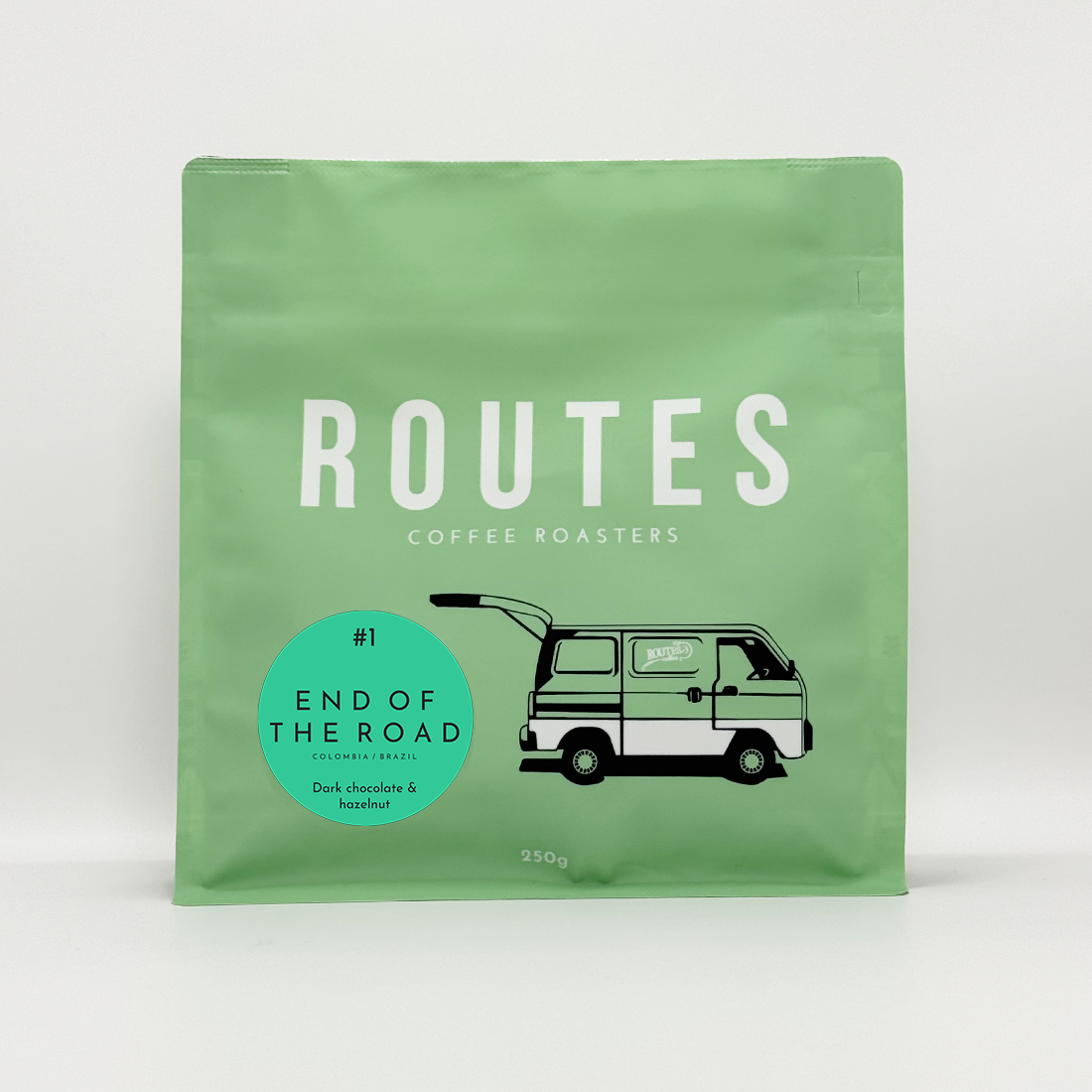
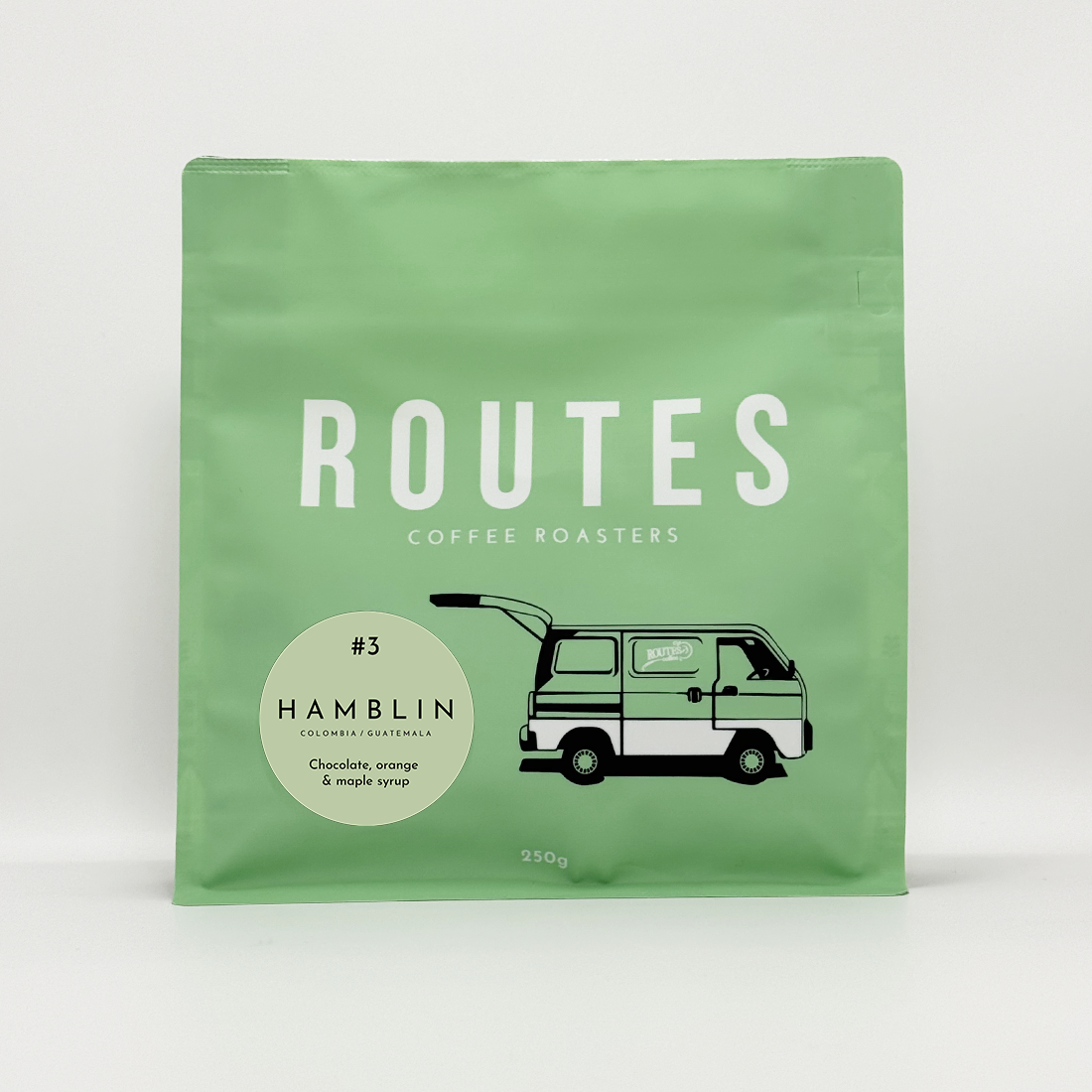
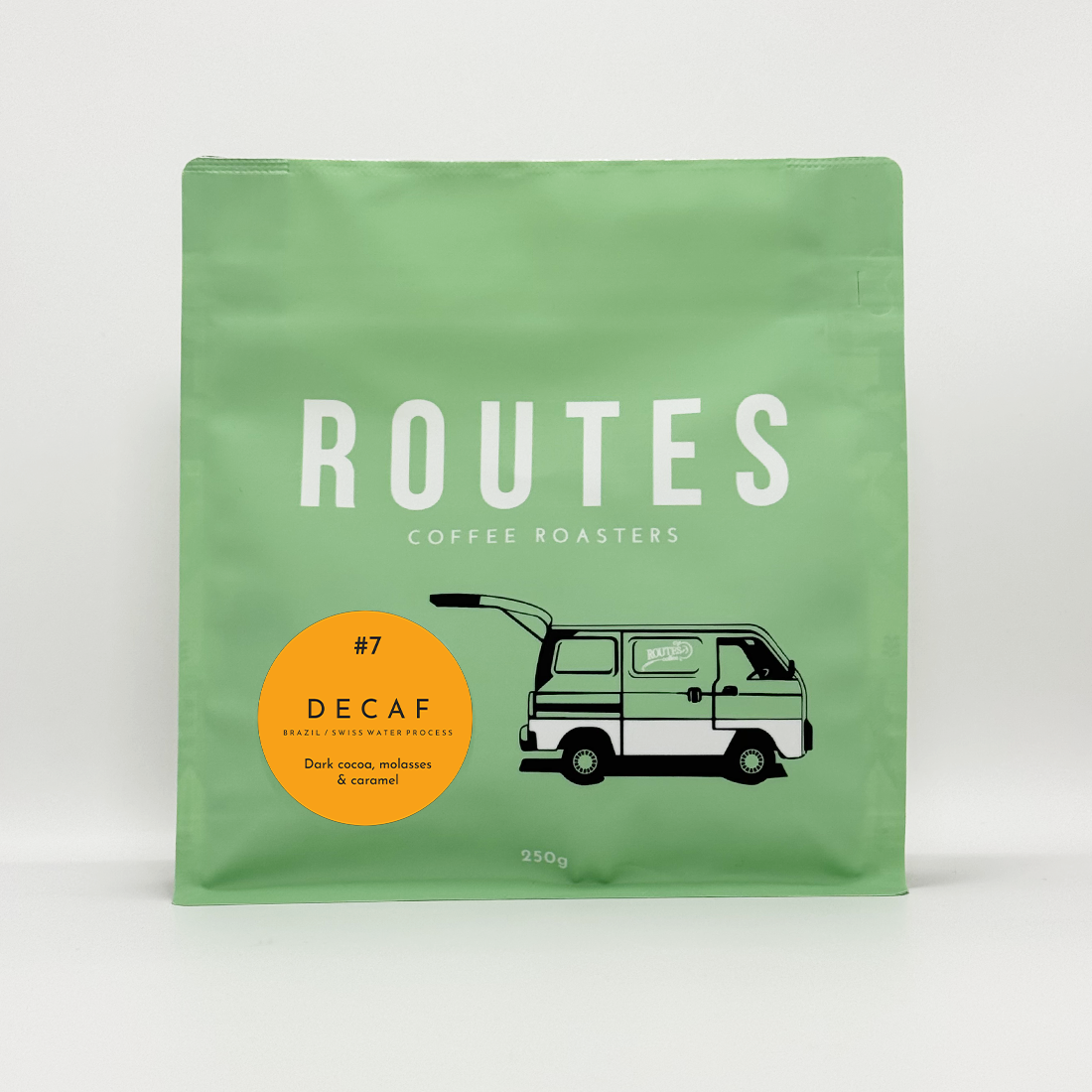

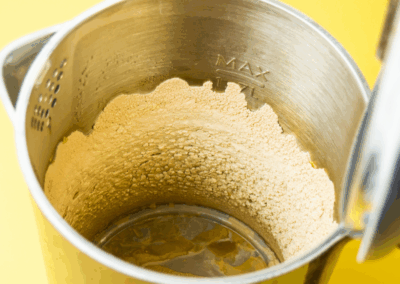

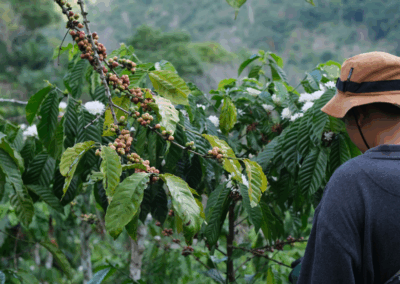
0 Comments